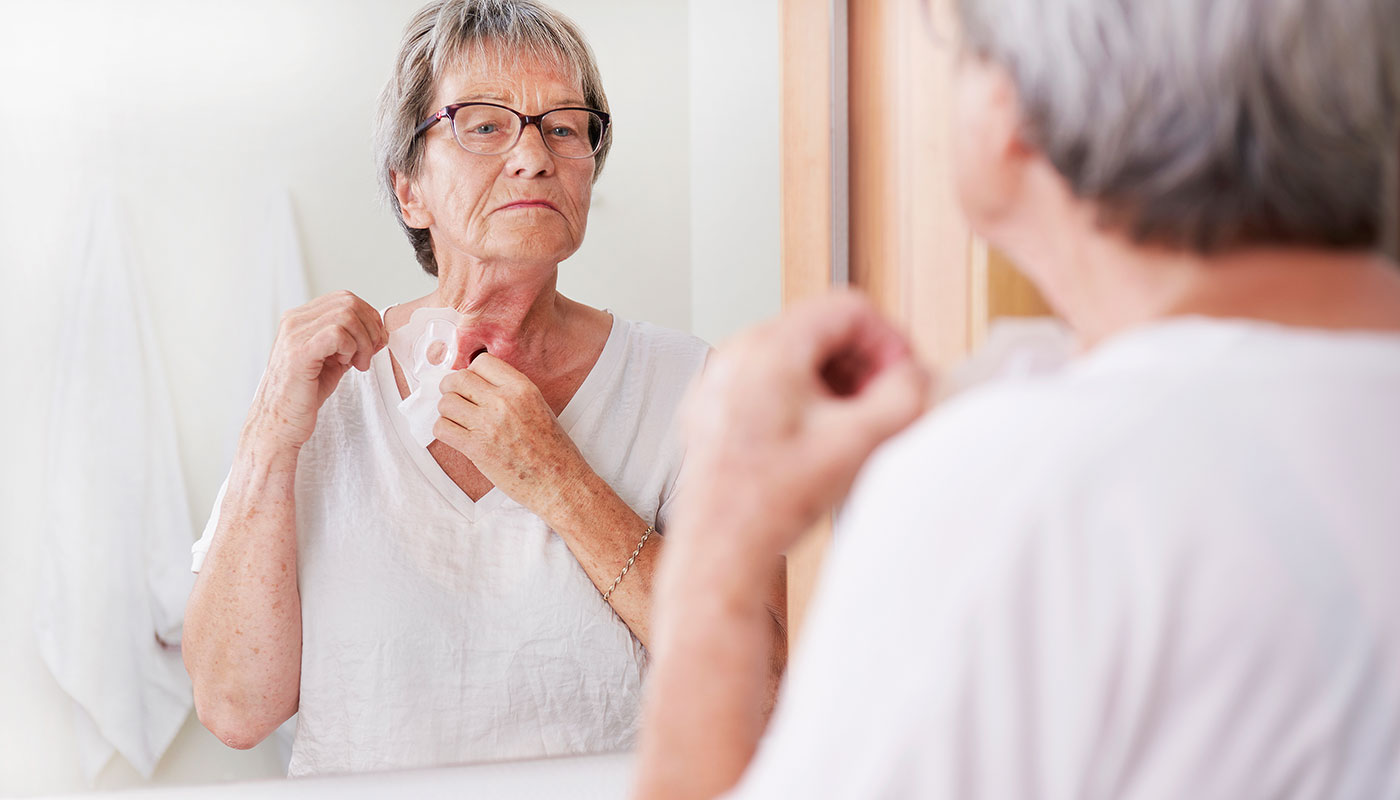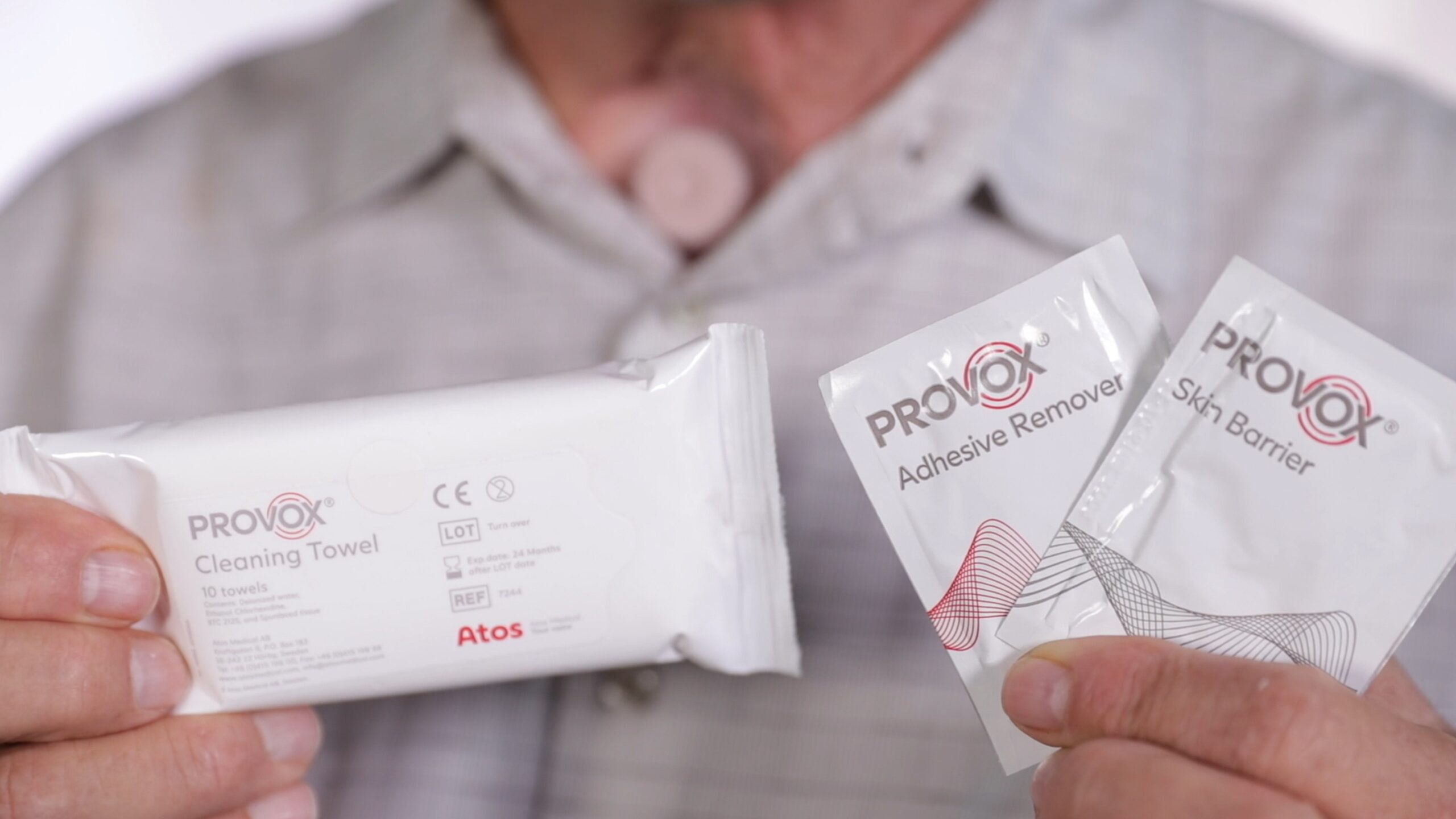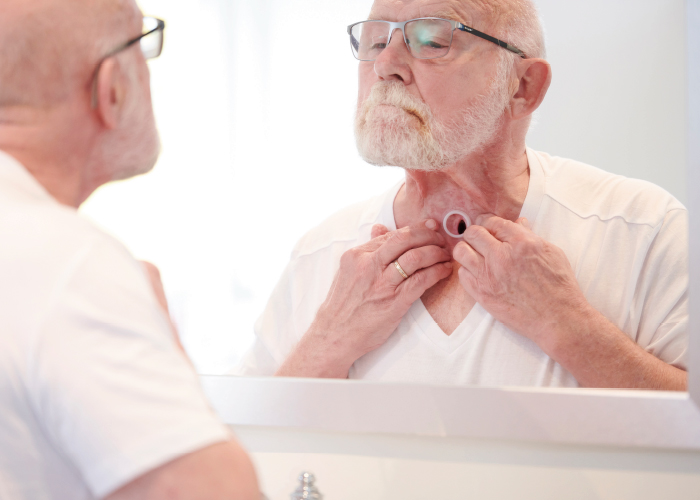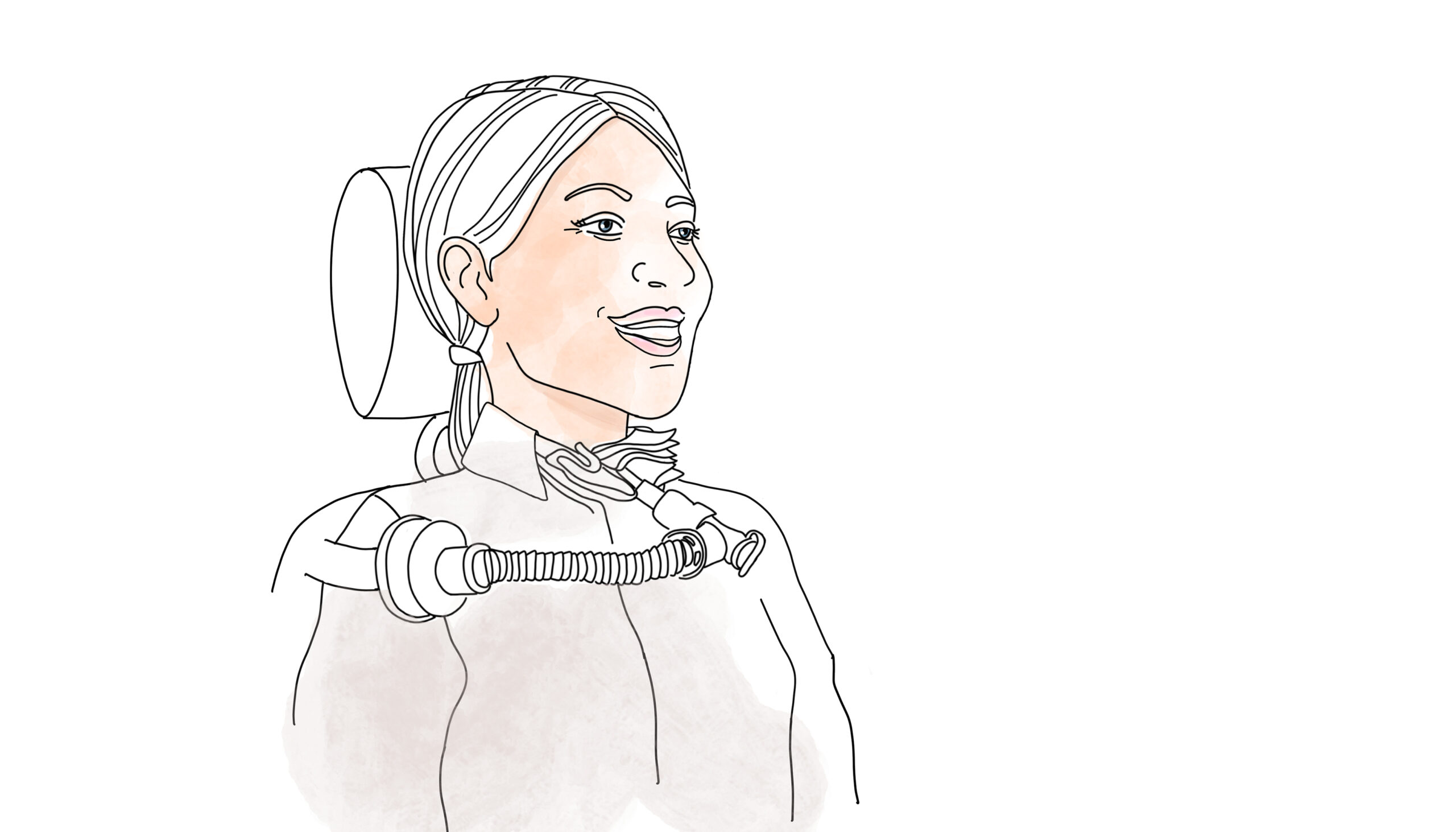A Patient's Journey to Better Skin Health
Here at Atos we are dedicated to helping to improve the quality of life for laryngectomy patients. Many of us are aware of the positive impact Heat and Moisture Exchangers (HMEs) have on pulmonary and voice rehabilitation after total laryngectomy. Adherence to HME use and efficiency of tracheoesophageal (TE) voice production can be challenged by Medical Adhesive-Related Skin Injuries (MARSI) and Peristomal Skin Complications (PSC).

Managing laryngectomy care often presents complex challenges. We are highlighting Bob’s experience with his Atos Care Head & Neck nurse and the assessment, treatment and maintenance strategies that ensured his well-being.
Bob was referred to the nursing service due to suspected severe reactions to his baseplates. Upon assessment, his skin appeared red, moist, warm, and painful. Bob typically uses Provox Xtrabase adhesive and Provox Xtramoist HME when outside, leaving his stoma open otherwise. At night, he attempted to use a Larytube due to stenosis; however, often found this too uncomfortable to place due to his painful skin.
Further insights into Bob’s routine showed inconsistencies in using barrier wipes, adhesive removers, and cleaning towels. His reliance on an open tub of Vaseline (paraffin) for lubrication, exacerbated irritation of the tracheal mucosa, leading to increased mucus, moisture around the stoma, and the skin thinning at the edges.
In order to facilitate assessment and management of peristomal skin conditions, Atos UK have developed a tool to optimise “in clinic” evaluation and monitoring of peristomal skin disorders. This tool has been developed by our head and neck nurses based on their experience working with laryngectomy patients and peristomal skin conditions. The aim is to help you as laryngectomy healthcare professionals make a uniform assessment of peristomal skin conditions, help improve monitoring and optimise communication between professionals.

Bob lived in a notably moist environment with poor airflow, contributing to excessive sweating and further skin issues. A skin assessment diagnosed a fungal infection, which required a seven-day prescription of an antifungal cream with steroids. Bob was advised to restrict baseplate to use outdoors only and use his Larytube ensure uninterrupted use of the topical treatment, but allow him to continue his HME use.
An adhesive patch test was conducted to ensure no allergic reactions to adhesives used, which was negative.
The adoption of a comprehensive skincare routine became a priority, with Bob instructed to use barrier films to protect against moisture and sweat. Adhesive removers were recommended to minimise mechanical stripping of the skin. He was advised to switch to single-use sachets of Optilube to prevent bacterial reservoirs and contamination.

Peristomal skin complications are common challenges faced by people who have laryngectomy stomas, often caused by various factors. A critical aspect of managing and maintaining peristomal skin health is accurate assessment, which requires expertise to distinguish between different conditions, such as fungal infections and skin reactions. Misidentification can lead to ineffective treatment and prolonged discomfort.
The skin around a stoma (peristomal skin) is prone to various issues due to its constant exposure to moisture and potential irritants. Accurate assessment is essential to detect complications early, implement appropriate treatments, maintain use of HME’s to aid pulmonary health and ensure quality of life.
Expertise in peristomal skin assessment is crucial for differentiating between types of skin irritation. Tailored treatment approaches can significantly improve outcomes for laryngectomy patients. Health professionals must be diligent in their assessment, recognising the subtle differences to ensure effective intervention and promote skin health.


